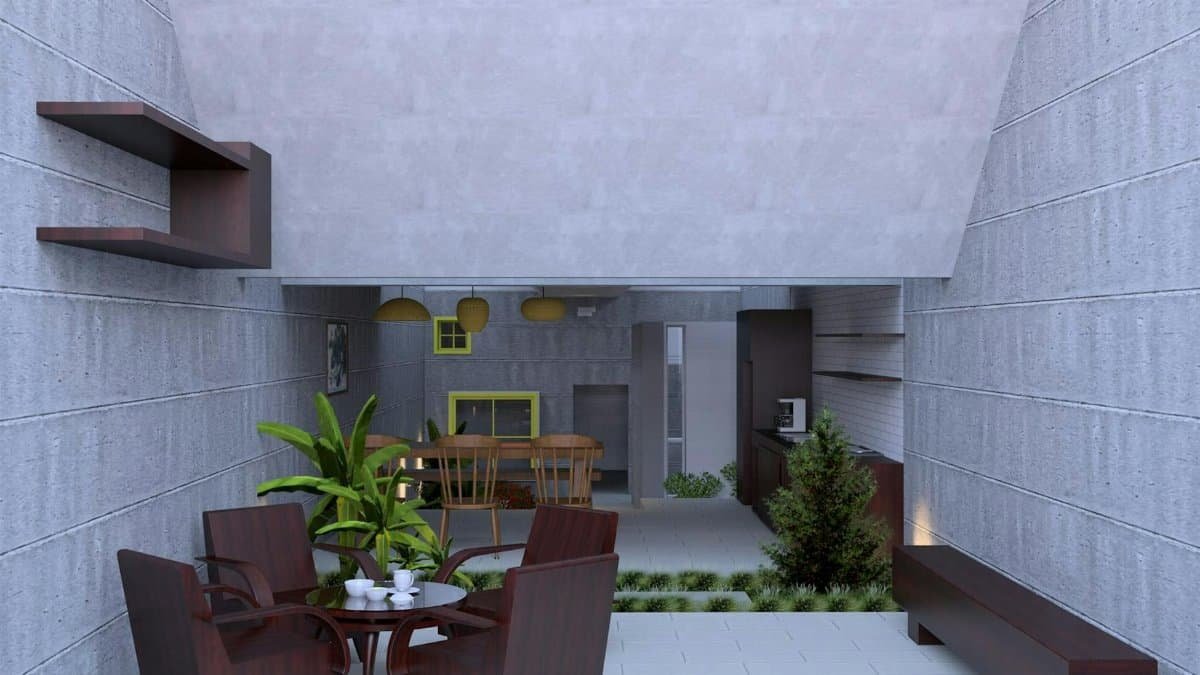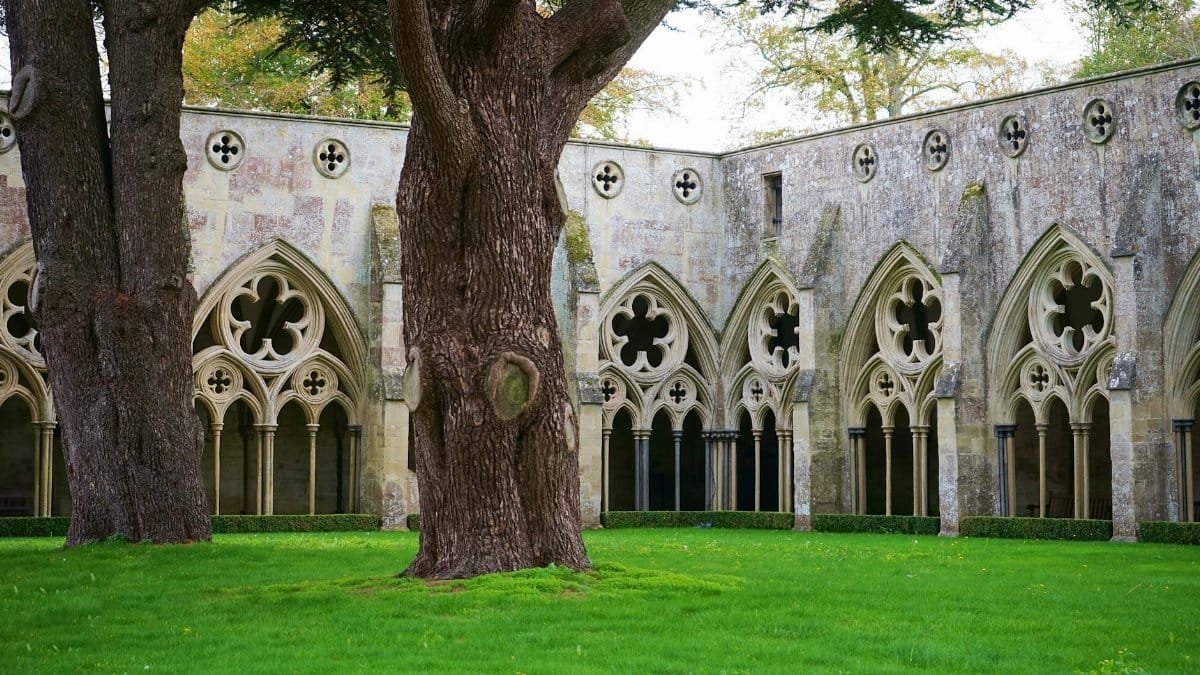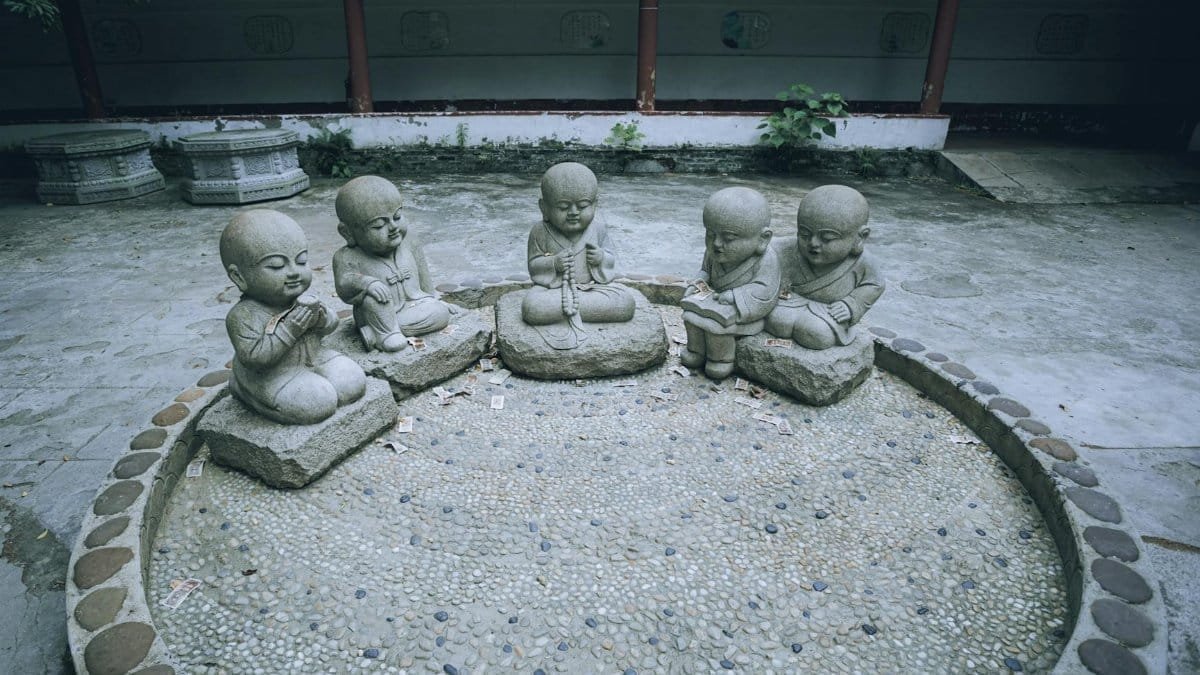Walk through the quieter neighborhoods of Santa Fe or Charleston these days, and a subtle shift emerges in how people shape their private spaces. Courtyards, once mere decorative afterthoughts or utilitarian patches of yard, are transforming into havens of tranquility. The idea of courtyard designs sacred calm—a deliberate crafting of outdoor spaces to evoke peace and spiritual grounding—is gaining traction among homeowners seeking refuge from a relentless world. It’s not just about aesthetics; it’s about creating environments that slow the pulse and quiet the mind. This isn’t a fleeting trend but a response to a deeper need for stillness in 2025’s ever-accelerating pace. From minimalist stone layouts to lush, green enclaves, these spaces are becoming personal sanctuaries. In this piece, we’ll uncover 10 distinct courtyard designs that embody this ethos, each offering a unique path to serenity. Whether you’re reimagining a small urban patio or a sprawling suburban yard, these ideas show how intentional design can turn any outdoor nook into a sacred retreat.
1. The Zen Stone Garden

A scattering of smooth river rocks, a single weathered boulder, and a few tufts of moss—the Zen stone garden distills courtyard designs sacred calm to its barest essence. Inspired by Japanese traditions, this design prioritizes simplicity over ornamentation. The act of raking gravel into deliberate patterns can become a meditative ritual, as noted by scholars at the Metropolitan Museum of Art, who highlight the cultural roots of such spaces in fostering mindfulness. Picture a small corner of your yard transformed into this stark, grounding landscape. It doesn’t demand much square footage, just intention. A neighbor in Albuquerque described their stone garden as “a place where my thoughts finally stop racing.” It’s a low-maintenance option, too, ideal for those who want peace without the upkeep of plants.
Yet, there’s a quiet power in its restraint. The lack of clutter forces focus inward. Adding a simple wooden bench can offer a spot to sit and absorb the stillness, making this design a practical starting point for anyone new to the concept.
2. The Mediterranean Oasis

Imagine terracotta tiles warmed by the sun, a trickling fountain at the center, and olive trees casting dappled shade. The Mediterranean courtyard channels a timeless calm rooted in southern European landscapes. Studies from the National Institutes of Health suggest that water features in outdoor spaces can lower stress levels measurably. This design leans into that science with its gentle, constant sound of flowing water. It’s a style that suits warmer U.S. regions like California or Texas, where the climate mirrors its origins.
Beyond the sensory appeal, there’s a communal warmth here. These courtyards often invite gathering—think small wrought-iron tables for morning coffee. The balance of vibrant tilework with earthy plants like lavender creates a space that feels both alive and serene, a perfect blend for those seeking sacred calm with a touch of sociability.
3. The Minimalist Urban Patio

City dwellers often wrestle with limited space, but a minimalist urban patio proves that courtyard designs sacred calm don’t require sprawling acres. A few clean lines, a single potted bamboo, and a slate floor can transform a tiny balcony or back alley patch. The key lies in decluttering—every element must earn its place. Research by American Psychological Association shows urban stress levels remain high in 2025, making such retreats vital. This design offers a counterpoint to the chaos of city life.
One urbanite shared online how their 10-by-10-foot patio, adorned with just a stone lantern and a cushion, became their “daily reset.” It’s not about grandeur but precision. A neutral color palette and sparse decor amplify the sense of breathing room, even in the tightest quarters.
4. The Woodland Enclave

For those near forests or with access to native trees, a woodland enclave brings the wild into a contained, sacred space. Ferns, moss-covered stones, and a winding gravel path mimic a forest floor. The shade and rustle of leaves create an instant hush. According to a study from U.S. Forest Service, exposure to natural greenery can reduce anxiety significantly. This courtyard design harnesses that effect, wrapping visitors in nature’s quiet embrace.
It’s less structured than other styles, which can feel liberating. A rough-hewn log bench or a small birdbath adds charm without overdesigning. In regions like the Pacific Northwest, this approach blends seamlessly with the surroundings, turning a yard into a private woodland retreat where calm feels organic.
5. The Desert Sanctuary

Arid landscapes inspire a different kind of sacred calm, one rooted in resilience and stark beauty. A desert sanctuary courtyard might feature succulents, cacti, and pale sand, with a single shade structure for relief from the sun. The simplicity mirrors the vastness of the desert itself, encouraging introspection. This design thrives in places like Arizona or Nevada, where water conservation matters.
There’s a raw honesty to it. The sparse layout—perhaps a clay pot or two—avoids distraction. One homeowner in Tucson described sitting in their desert courtyard at dusk as “feeling the weight of the day just lift.” It’s a reminder that calm doesn’t always mean lush; sometimes, it’s found in the bare and unadorned.
6. The Cloistered Courtyard

Modeled after medieval monastery gardens, the cloistered courtyard uses high walls or hedges to create a sense of enclosure. Inside, a simple lawn or herb garden, maybe a stone cross or bench, evokes centuries-old traditions of retreat. The isolation from the outside world is deliberate, fostering a bubble of peace. It’s a style that resonates in quieter suburban areas or rural settings across the U.S.
The walls don’t just block noise; they redefine the space as sacred. Planting aromatic herbs like rosemary can add a sensory layer, subtly enhancing the stillness. This design speaks to those who crave separation—a physical and mental barrier from daily clamor.
7. The Waterfall Retreat

Water, as a source of calm, takes center stage in this design. A small waterfall or cascading stream, surrounded by smooth pebbles and low shrubs, creates a courtyard that soothes through sound and sight. The gentle gurgle can mask background noise, a boon in noisier neighborhoods. It’s a more ambitious project, often requiring professional installation, but the payoff is a deeply restorative space.
Picture stepping out after a long day to this liquid lullaby. The movement of water adds a dynamic element, a reminder of life’s flow. For those in humid regions like the Southeast, this design integrates well with the natural environment, amplifying the sense of sacred calm.
8. The Sacred Spiral Path

A spiral path of stone or brick, winding toward a central focal point like a sculpture or small tree, offers a literal journey to calm. Walking the path becomes a meditative act, each step slowing the mind. This design draws from labyrinth traditions, often tied to spiritual reflection. It works in medium-sized yards where there’s room to meander.
The spiral isn’t just symbolic; it engages the body in the act of slowing down. One might place low lanterns along the path for evening walks, extending the courtyard’s use. It’s a tactile way to experience courtyard designs sacred calm, turning movement into mindfulness.
9. The Moonlit Reflection Space

Designed for evening use, this courtyard glows under moonlight or soft lighting. Pale stones, white flowers like jasmine, and a shallow reflecting pool catch the night’s shimmer. It’s a space for quiet contemplation after dark, appealing to those who find calm in cooler, dimmer hours. Urban or rural, this works anywhere with a clear view of the sky.
The interplay of light and shadow creates a dreamlike quality. A simple chaise or hammock invites lingering. It’s less about daytime vibrancy and more about nocturnal peace, a reminder that sacred calm can emerge at any hour.
10. The Living Wall Courtyard

Vertical gardens or living walls—panels of climbing vines or succulents—turn a courtyard into a breathing, green cocoon. Paired with a small seating area, this design maximizes space while immersing users in nature. It’s ideal for tight urban lots or modern homes seeking an eco-friendly edge. The visual of a wall alive with greenery can shift one’s entire mood.
Maintenance is a consideration, but the effect is worth it. The air feels fresher, the space more intimate. This approach to courtyard designs sacred calm merges innovation with tradition, proving that even the smallest footprint can harbor profound peace.
